Youngwoo Cho
HistRED: A Historical Document-Level Relation Extraction Dataset
Jul 10, 2023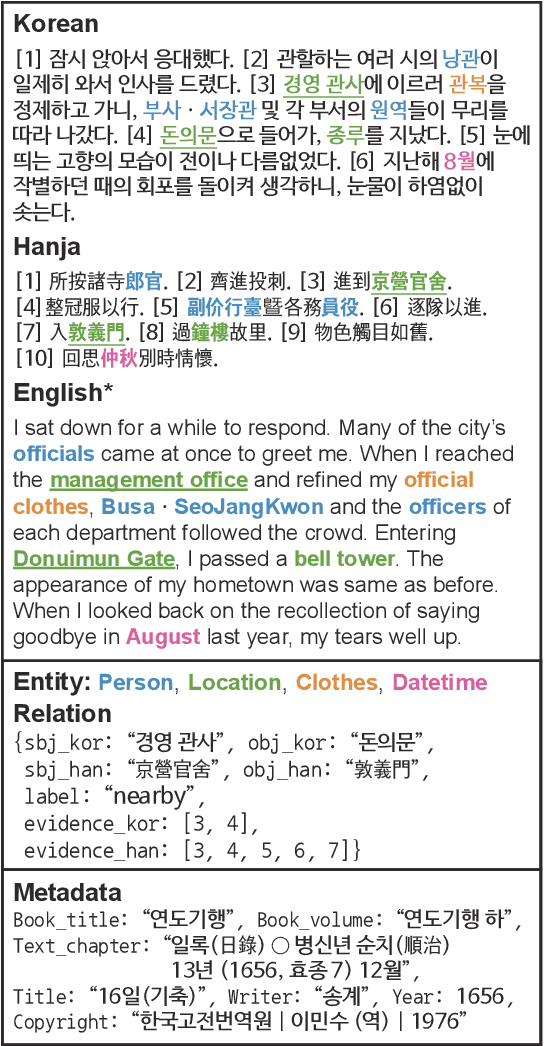

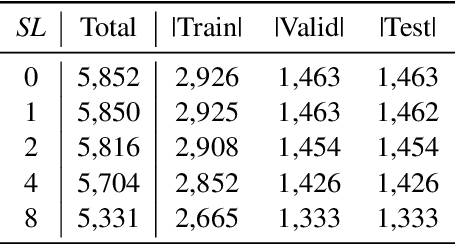
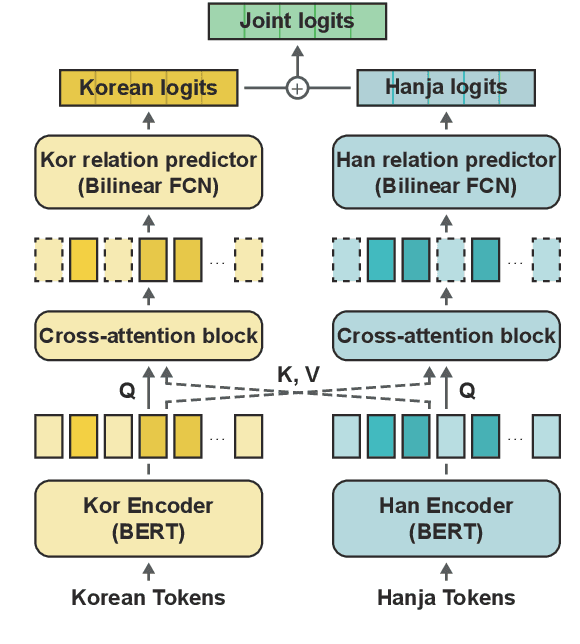
Abstract:Despite the extensive applications of relation extraction (RE) tasks in various domains, little has been explored in the historical context, which contains promising data across hundreds and thousands of years. To promote the historical RE research, we present HistRED constructed from Yeonhaengnok. Yeonhaengnok is a collection of records originally written in Hanja, the classical Chinese writing, which has later been translated into Korean. HistRED provides bilingual annotations such that RE can be performed on Korean and Hanja texts. In addition, HistRED supports various self-contained subtexts with different lengths, from a sentence level to a document level, supporting diverse context settings for researchers to evaluate the robustness of their RE models. To demonstrate the usefulness of our dataset, we propose a bilingual RE model that leverages both Korean and Hanja contexts to predict relations between entities. Our model outperforms monolingual baselines on HistRED, showing that employing multiple language contexts supplements the RE predictions. The dataset is publicly available at: https://huggingface.co/datasets/Soyoung/HistRED under CC BY-NC-ND 4.0 license.
Enemy Spotted: in-game gun sound dataset for gunshot classification and localization
Oct 12, 2022

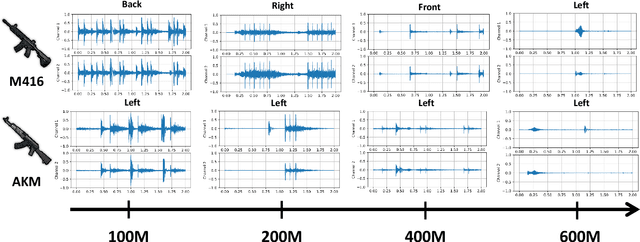
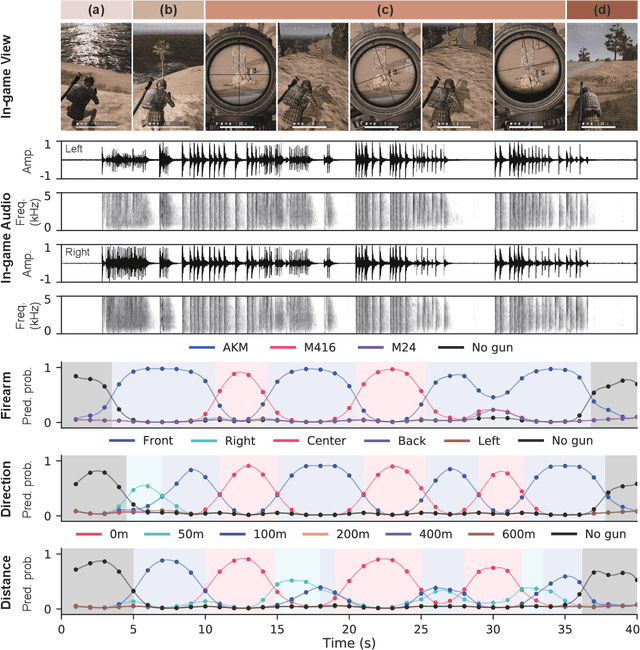
Abstract:Recently, deep learning-based methods have drawn huge attention due to their simple yet high performance without domain knowledge in sound classification and localization tasks. However, a lack of gun sounds in existing datasets has been a major obstacle to implementing a support system to spot criminals from their gunshots by leveraging deep learning models. Since the occurrence of gunshot is rare and unpredictable, it is impractical to collect gun sounds in the real world. As an alternative, gun sounds can be obtained from an FPS game that is designed to mimic real-world warfare. The recent FPS game offers a realistic environment where we can safely collect gunshot data while simulating even dangerous situations. By exploiting the advantage of the game environment, we construct a gunshot dataset, namely BGG, for the firearm classification and gunshot localization tasks. The BGG dataset consists of 37 different types of firearms, distances, and directions between the sound source and a receiver. We carefully verify that the in-game gunshot data has sufficient information to identify the location and type of gunshots by training several sound classification and localization baselines on the BGG dataset. Afterward, we demonstrate that the accuracy of real-world firearm classification and localization tasks can be enhanced by utilizing the BGG dataset.
Knowledge Graph-based Question Answering with Electronic Health Records
Oct 19, 2020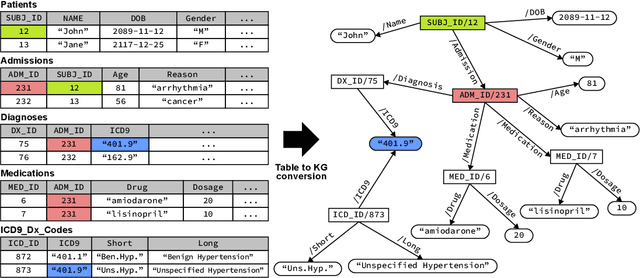
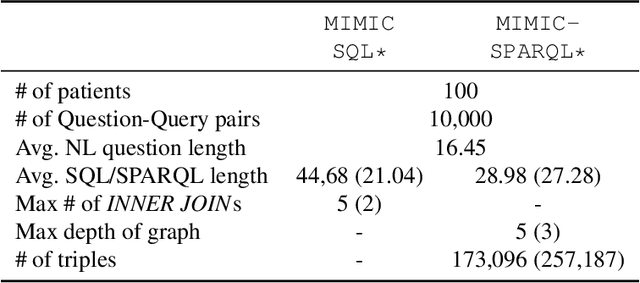
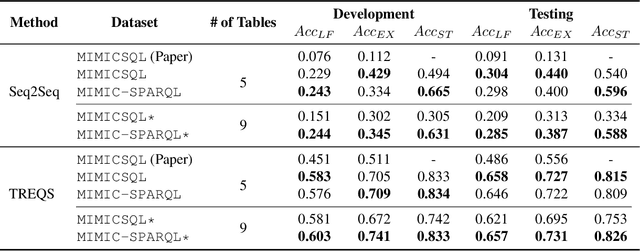
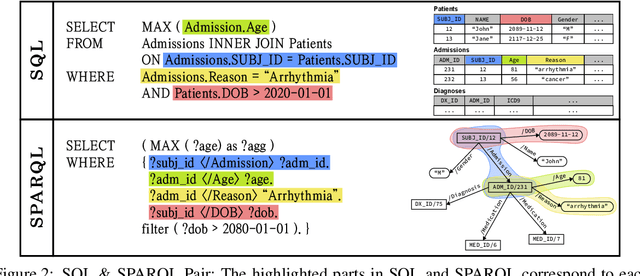
Abstract:Question Answering (QA) on Electronic Health Records (EHR), namely EHR QA, can work as a crucial milestone towards developing an intelligent agent in healthcare. EHR data are typically stored in a relational database, which can also be converted to a Directed Acyclic Graph (DAG), allowing two approaches for EHR QA: Table-based QA and Knowledge Graph-based QA. We hypothesize that the graph-based approach is more suitable for EHR QA as graphs can represent relations between entities and values more naturally compared to tables, which essentially require JOIN operations. To validate our hypothesis, we first construct EHR QA datasets based on MIMIC-III, where the same question-answer pairs are represented in SQL (table-based) and SPARQL (graph-based), respectively. We then test a state-of-the-art EHR QA model on both datasets where the model demonstrated superior QA performance on the SPARQL version. Finally, we open-source both MIMICSQL* and MIMIC-SPARQL* to encourage further EHR QA research in both direction
 Add to Chrome
Add to Chrome Add to Firefox
Add to Firefox Add to Edge
Add to Edge